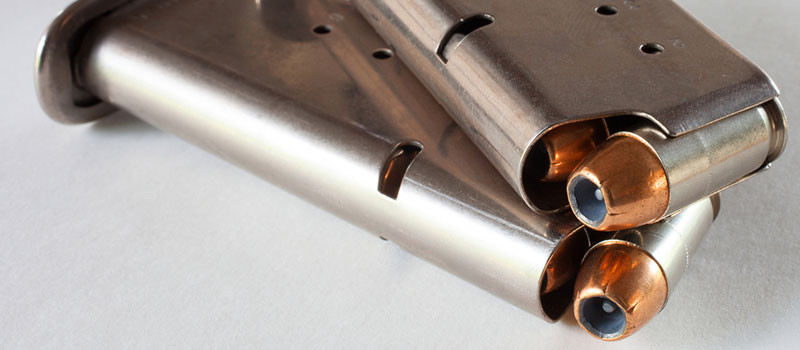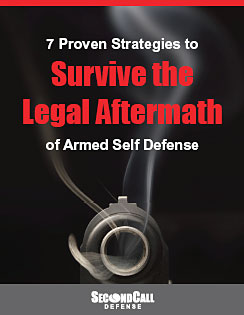Two is one. One is None.
by Drew Beatty
How much redundancy is enough for concealed carriers?
“Two is one, one is none, and three is for me!” This old Navy Seal saying is often repeated in the military community, the preparedness community, and other circles — because it’s true.
What would happen if you have only one can opener and it breaks? What if you have only one pair of boots and your dog destroys them? Have you ever had only one vehicle in your household and wished for a second one? Of course you have.
If things go bad and you have only one of a critical item, then “one is none.”
If things go bad and you have two of a critical item, then “two is one.”
Two is always going to be better, because if something bad happens to one of your two critical items, then at least you will be left with one.
This is also a simple, logical approach to concealed carry. What if you are involved in a defensive shooting, and your pistol is confiscated by the police as evidence? You would be without your primary weapon that you are accustomed to carrying for self-defense.
The solution is simple; have a second gun at home in the safe that is configured exactly as your primary carry gun. You go home, take the second gun out of the safe, and you are armed exactly as you were before the incident. Make sure the replacement gun has the same sights, the same grip, the same everything.
There are many advantages to this type of duplication. All of your spare magazines work with that gun. All of your holsters work with that gun. All of your premium defense ammunition fits and functions in that gun. Everything is the same. There’s no need to hastily retrain on a completely different pistol. All of the confidence you’ve built shooting that specific pistol is still there, even though your original pistol has been confiscated.
This same logic applies to magazines too. Do you currently have only the one or two magazines that came with the pistol? If so, then effectively, you have none. Magazines commonly fail and it is imperative that you have reserves.
I have several firearms that are designed to hold more than 15 rounds. I have several spare magazines for each of them. I live in Colorado, and in 2013 my state representatives decided that having more than 15 rounds in a magazine was unnecessary, and banned them.
I was prepared because I already had a lifetime supply of the magazines that hold more than 15 rounds. And since I prepared early and purchased them when they were cheap, I didn’t have to deal with the wildly inflated magazine prices after the 2013 ban.
Along the same lines, once you find a holster you like, make sure you have a second holster as backup. Additionally, if you are right handed, be sure to have a left-handed holster and vice-versa. Have you ever had an injury to your primary gun hand, arm, or shoulder? Would you consider not carrying at all for 6 weeks while you heal? If the answer is no, you need a holster for your non-dominant hand.
The reason most of us sought out a concealed carry permit in the first place is so that we are prepared. Think of all the ways you should be redundant in your role as a concealed carrier.
Two is one. One is none.
Drew Beatty is a 50 year old husband and father, and a lifetime resident of the great state of Colorado. He is a long-time firearms enthusiast as well as a strong advocate for The Second Amendment.


